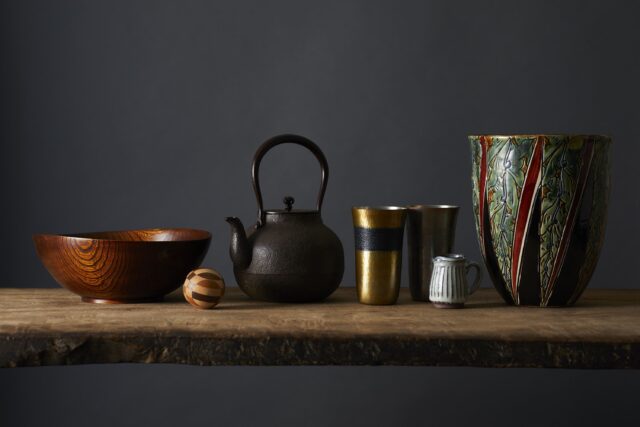Nishijin-ori Jewelry Is Launched from Craft Jewelry Brand “YURAI”
New Products VOL.23


VOL.1-23
Update

VOL.1-25
Update

VOL.1-50
Update
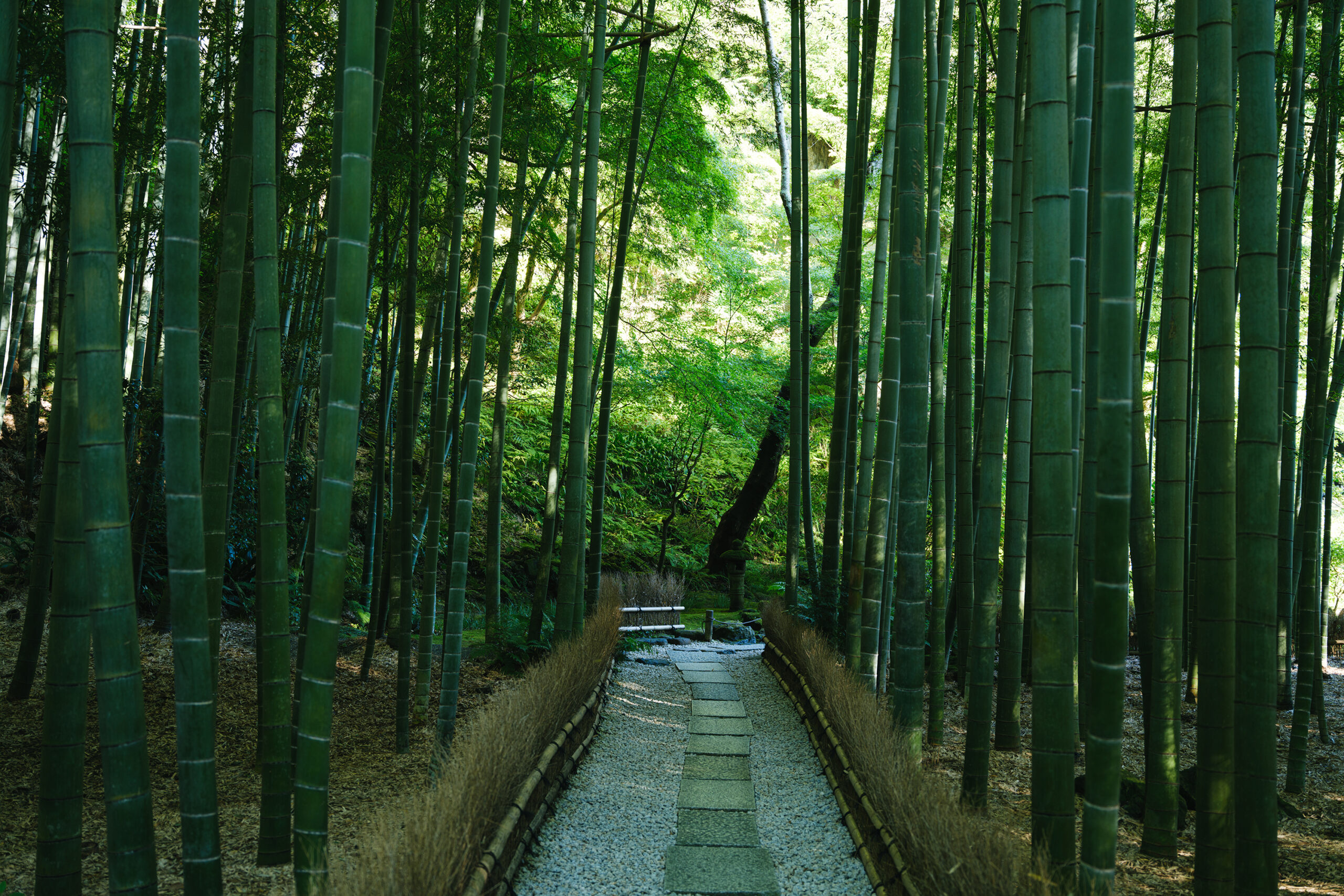
VOL.1-3
Update
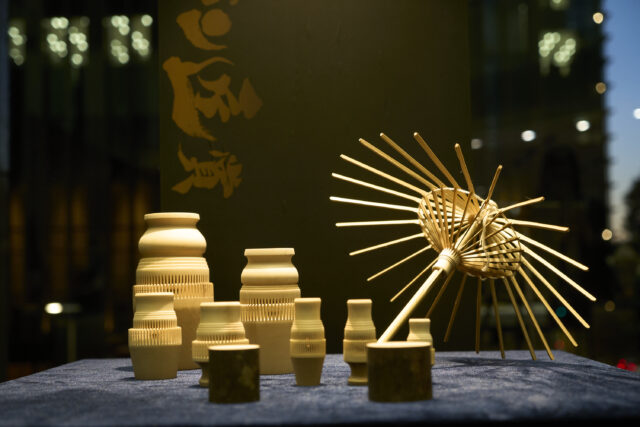
VOL.1-27
Update
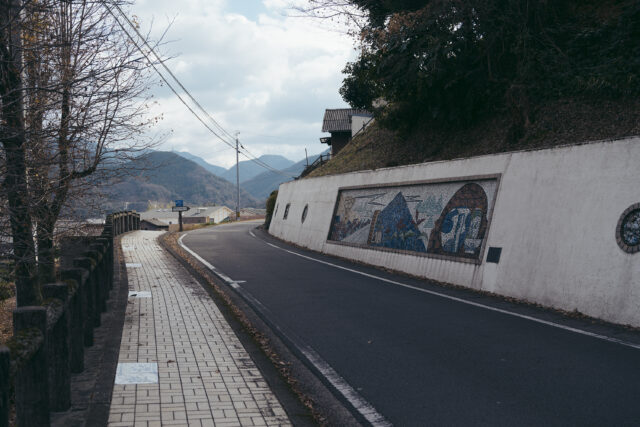
VOL.1-4
Update
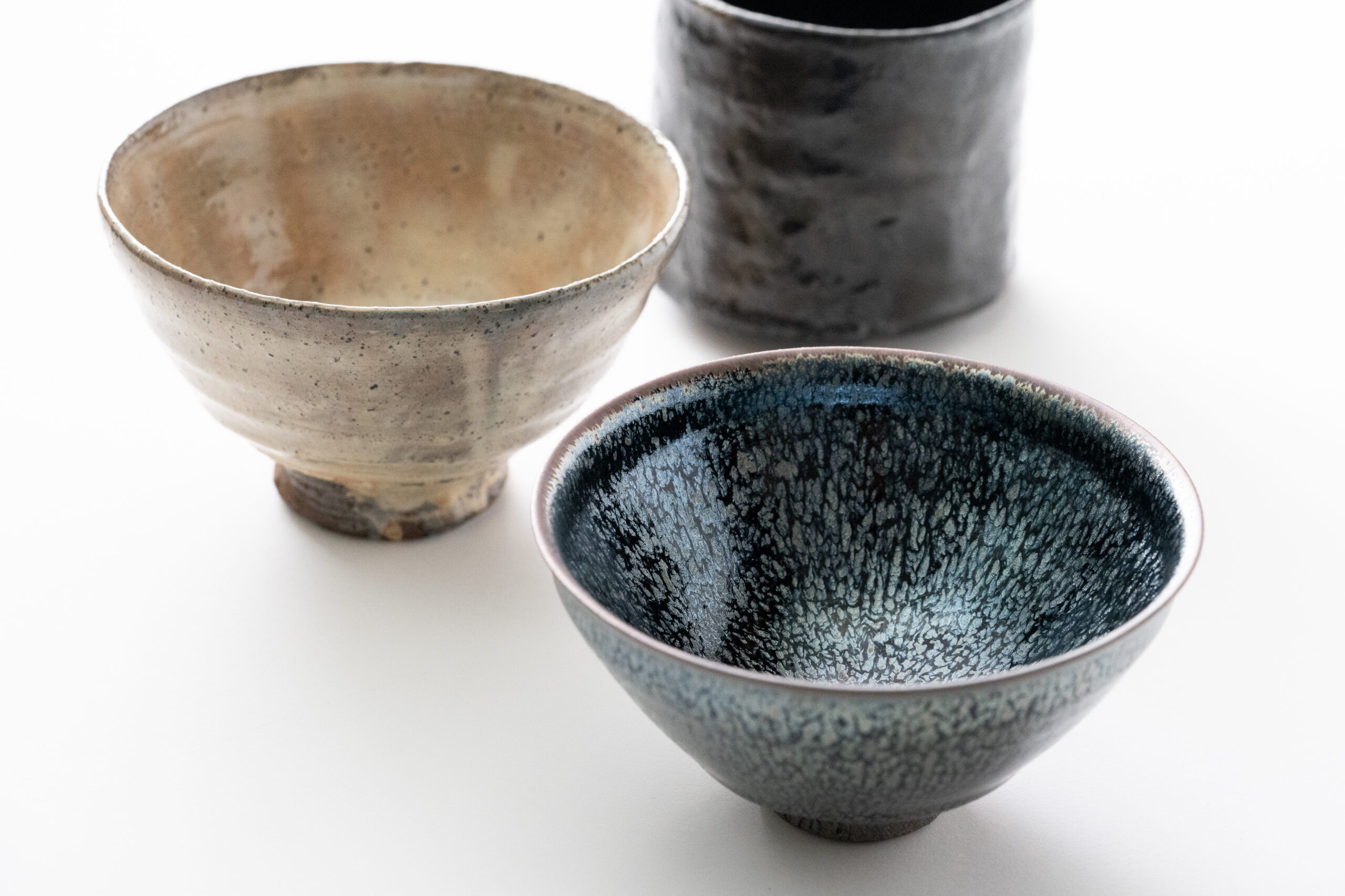
VOL.1-3
Update

VOL.1
Update
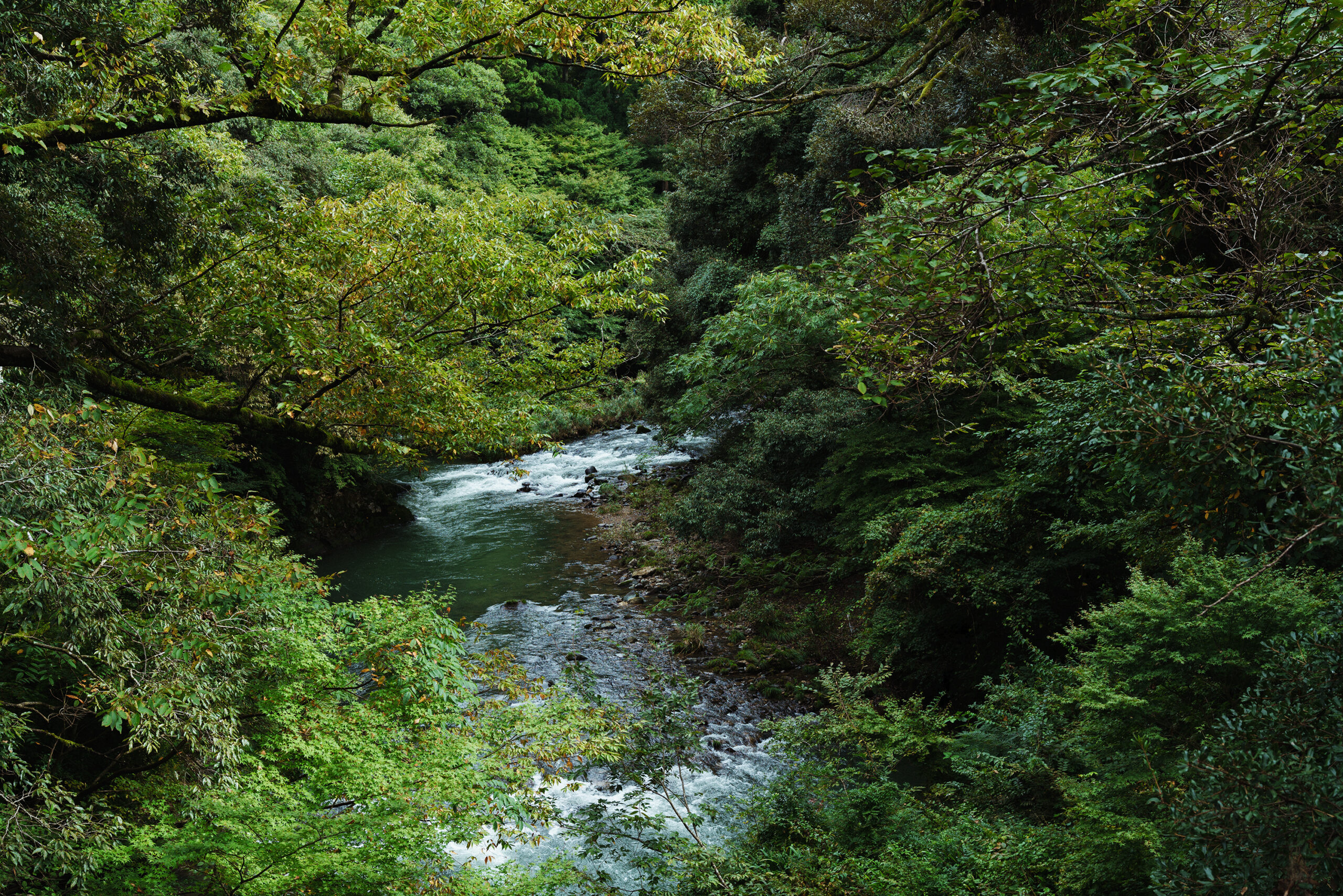
VOL.1-7
Update
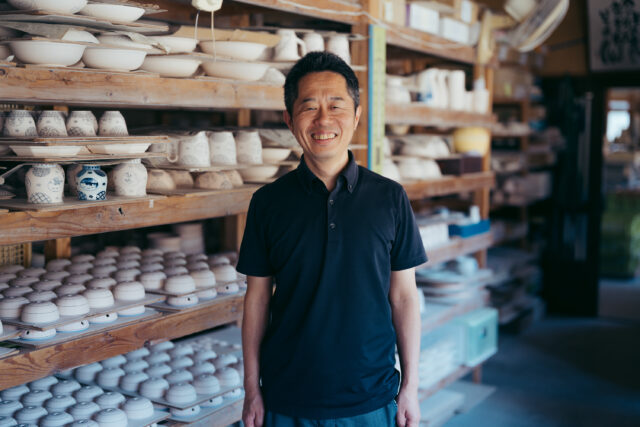
VOL.1-32
Update
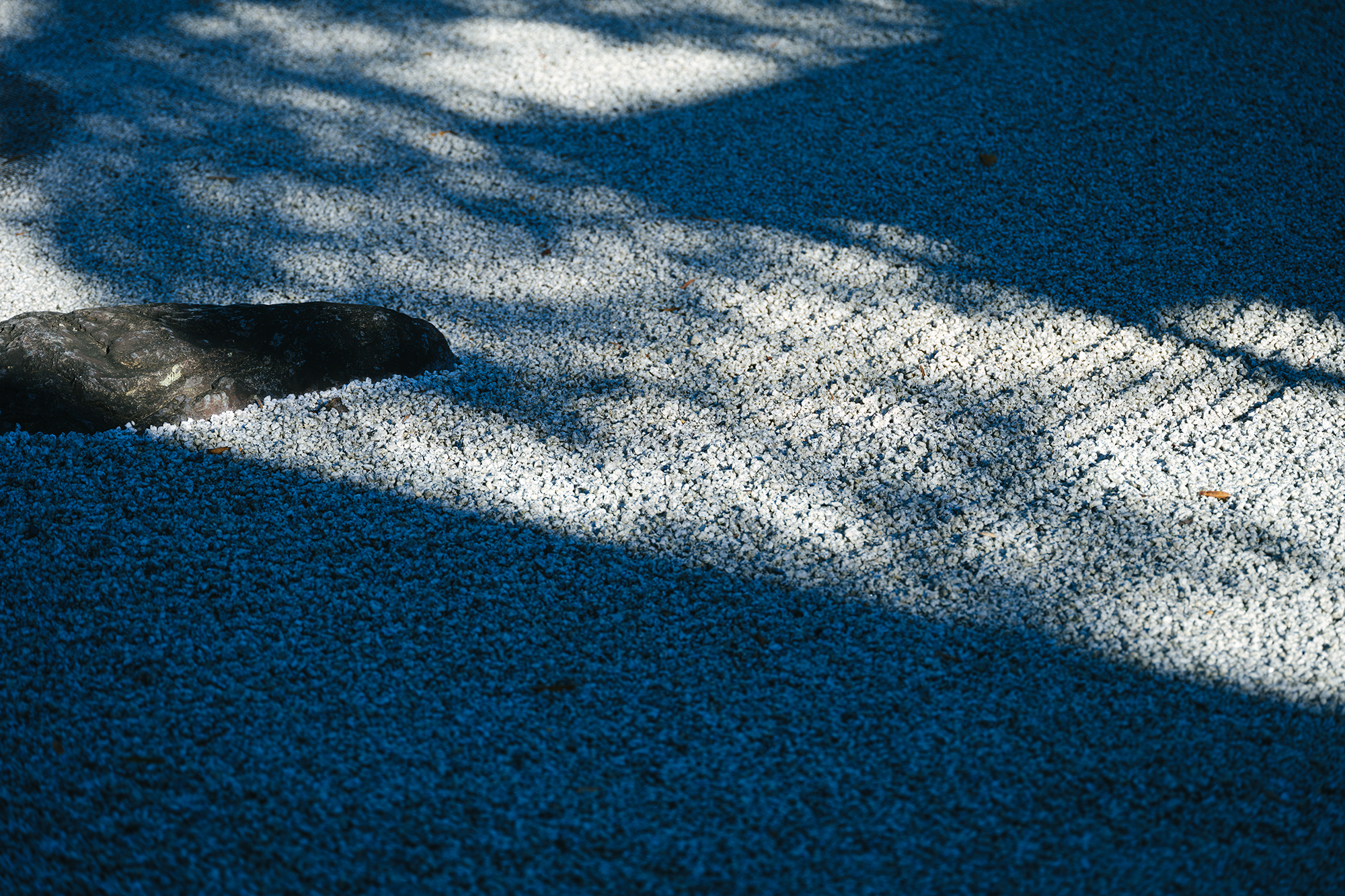
VOL.1-12
Update
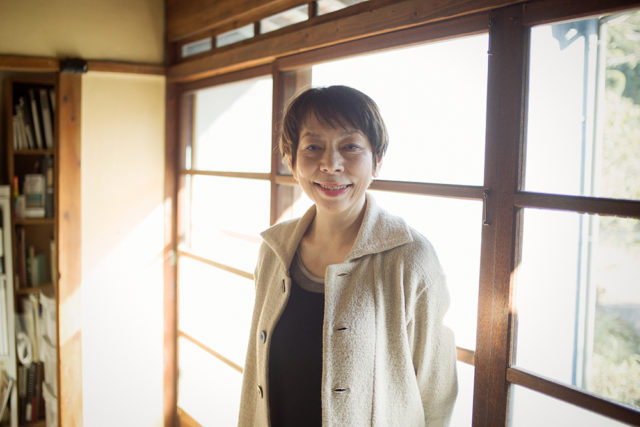
VOL.1
Update
We share a variety of information and perspectives on Japanese crafts, including exhibition information and interviews.
New Products VOL.23
KOGEI Topics VOL.25
Featured Exhibitions & Events VOL.50
KOGEI Topics VOL.24
Dec 9, 2025 – Mar 1, 2026
National Crafts Museum
Dec 13, 2025 – Mar 8, 2026
Aichi Prefectural Ceramic Museum
Dec 13, 2025 – Mar 22, 2026
Kikuchi Kanjitsu Memorial Tomo Museum
Dec 18 – Dec 27, 2025
GOOD DESIGN Marunouchi
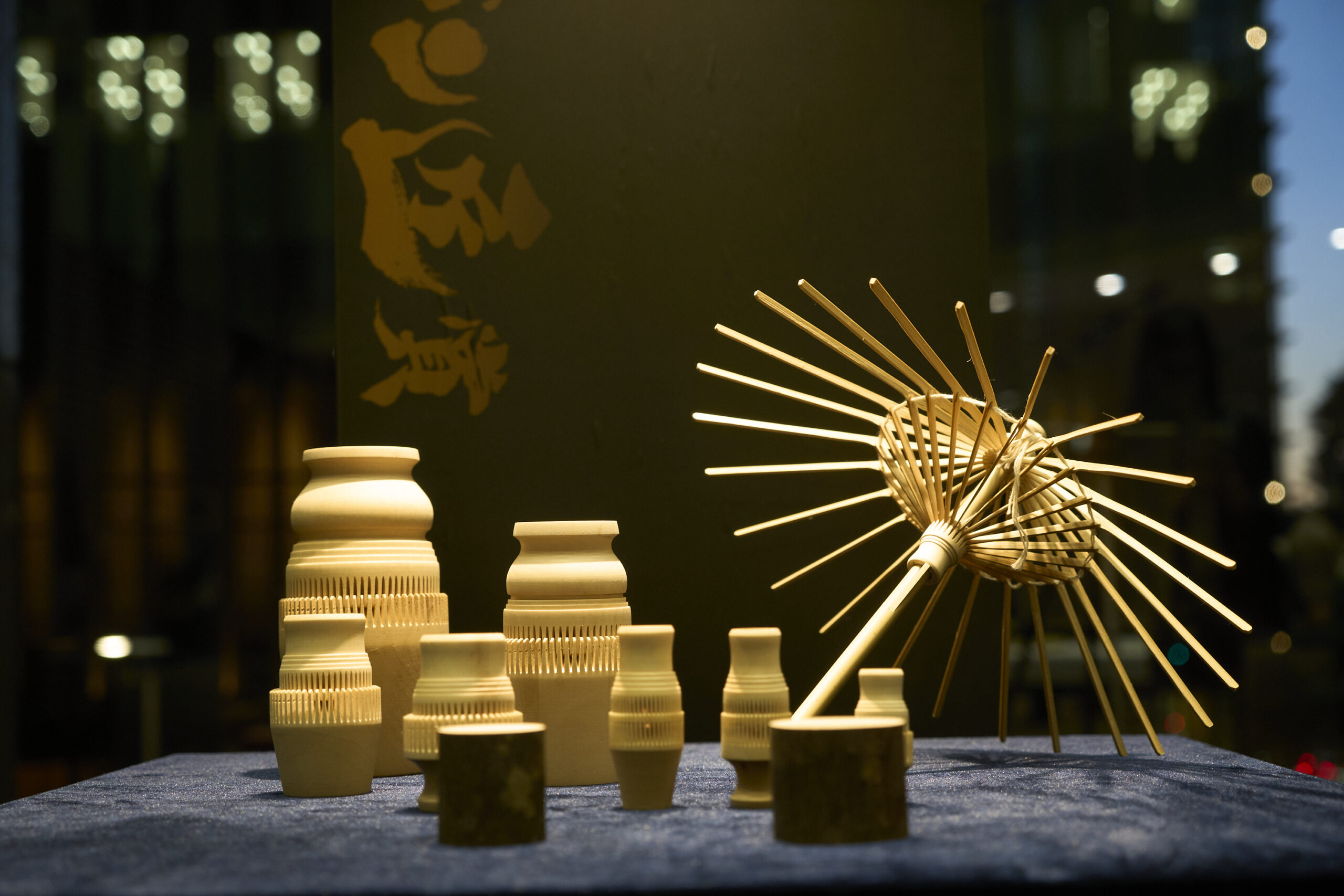
“MITSUI Golden Takumi Award – Audience Award”
Title: “Gifu Traditional Umbrellas”
Egonoki Project Executive Committee
Ensuring a stable supply of raw materials, components, and tools is a challenge for the entire traditional crafts industry. This project stands as a symbol of hope for addressing this current situation.
The MITSUI Golden Takumi Award, organized for many years by the Mitsui Public Relations Committee of the Mitsui Group, supports artisans who are working to pass on Japan’s traditions to the next generation. The 5th presentation of the award was held on October 3, 2024, when the winners were announced, and the award ceremony took place on January 30, 2025 at the Otemachi Mitsui Hall in Tokyo.
In recent years, there has been a growing movement focusing on new expressions born from the fusion of technology and traditional crafts. Terumasa Ikeda, based in Kanazawa, Ishikawa Prefecture, is undoubtedly one of the leading figures in this contemporary craft movement. His raden (mother-of-pearl inlay) works, which evoke a digital world overflowing with information, incorporate advanced laser technology. Terumasa uses lasers to cut out minuscule parts that were previously impossible to achieve by hand, and each piece is meticulously arranged and assembled by hand. Terumasa shared his thoughts, saying, “In a society obsessed with efficiency, what does it mean to spend time creating things by hand? What role can we play in the future? This is something I will always continue to reflect on.”
“MITSUI Golden Takumi Award”
Title: “Ornamental Box ‘Thunder Dragon Corridor’”
Terumasa Ikeda
Reminiscent of an integrated circuit, this box presents a truly fresh and original design. The rapid transmission of information and electrical signals is skillfully represented by the shimmer of the raden mother-of-pearl inlay
Also from Ishikawa Prefecture, Hikoju Makie and Toshiharu Hisatsune were honored with the award. Hikoju Makie is a group of about 20 craftsmen based in Wajima, Ishikawa Prefecture, an area renowned for its lacquerware. While their works are based on traditional designs and patterns, they incorporate contemporary and humorous ideas. What is particularly noteworthy is their production process. Taking inspiration from the traditional division of labor in Wajima lacquerware, where each craftsman specializes in a particular area, the group assembles a team of craftsmen with expertise suited to the specific needs of each project. This collaborative approach ensures that each piece is of the highest quality. When the craftsmanship is insufficient in any area, they also invest in training the craftsmen. Judge Yuko Kobayashi expressed hope that this approach to production will not only benefit lacquer art but also have a positive impact on the entire world of traditional crafts.
“MITSUI Golden Takumi Award”
Title: “Yashagaike Temple Bell”
Hikoju Makie
Wooden lacquerware sculptures created based on the play and novel “Yashagaike” by Kyoka Izumi
The temple bell is designed as a lidded box, with seido-nuri (a technique where lacquer is used to imitate the appearance of bronze) on the exterior and illustrations by Manabu Nakagawa applied in maki-e (in which a picture or pattern is drawn in lacquer with gold or silver powder) on the interior
Toshiharu Hisatsune, an artist specializing in Kaga-yuzen (a silk dyeing technique used in kimonos from the Kaga region in Ishikawa Prefecture), sought a new direction during a time when sales of new kimonos were struggling. He decided to return to the roots of dyeing and began challenging himself with kusaki-zome natural dyeing techniques using plant-based rather than synthetic substances. The appeal of kusaki-zome lies in the profound depth of its colors. However, plant base dyes naturally fall short in terms of fastness when compared to chemical dyes. Despite repeated failures, Toshiharu collaborated with the research lab at the Japan Advanced Institute of Science and Technology to develop new plant dyes, ultimately succeeding in creating dyes that excel in both safety and fastness. These dyes can fix color at room temperature in a short time, enabling the previously impossible technique of Kaga-yuzen brush painting with plant dyes. Another highly praised achievement was the improvement in the long-standing issue of water pollution caused by chemical dyes. Toshiharu said, “I believe this award will create an opportunity for many people to see this technique. Moving forward, we plan to continue working diligently with everyone at the studio to promote kusaki-zome dyeing.”
“MITSUI Golden Takumi Award”
Title: “Kenrokuen Kikuzakura Hand-painted Kaga-yuzen Kimono ‘Kasumi’”
Toshiharu Hisatsune
The brush-painted design is created using dye made from the petals of the Kikuzakura (chrysanthemum cherry blossoms) from Kenrokuen Garden
In the overall review, the Chief Judge, Kazuko Todate, talked about “locality” saying, “There were many applications from the Ishikawa area, which was affected by the earthquake disaster last year. Even though many people are still facing significant challenges, the number of applications we received was encouraging for us as judges. It made me realize that the power of regions across Japan is crucial in nurturing new initiatives that utilize creativity and technical skills, which are the key points of our evaluation.” Fumihiko Ito, Chairman of the Mitsui Public Relations Committee, remarked, “Through this award, we have seen many initiatives that we want to support. As a result, the judging process was more difficult than ever before.” He also said, “Moving forward, we will continue to support the inheritance and evolution of Japan’s traditional culture to meet the needs of the times and to help communicate new values from Japan to the world.” Traditional crafts are a wonderful asset that Japan takes great pride in. To connect their value to the future, ongoing support is essential.
Written by Kyoko Tsutsumi
■ Outline of the 5th MITSUI Golden Takumi Award
Official Website: https://mgt.mitsuipr.com/
The 5th “MITSUI Golden Takumi Award” winners page:
https://mgt.mitsuipr.com/about/winner_05.html
Organized by: Mitsui Public Relations Committee
Supported by: The Association for the Promotion of Traditional Craft Industries
Judges:
Kazuko Todate (Crafts Critic, Professor at Tama Art University) Chief Judge
Yuko Kobayashi (Curator, Mitsui Memorial Museum)
Takanori Kawai (Executive Director, The Association for the Promotion of Traditional Craft Industries)
Toshio Toda (President, Japan Traditional Craftsmen’s Association)
So-oku Sen (Tea master and successor to the Mushakouji Senke School)
■ Winners of the 5th MITSUI Golden Takumi Award
“MITSUI Golden Takumi Award”
Terumasa Ikeda (Ishikawa Prefecture, makie and raden)
Egonoki Project Executive Committee (Gifu Prefecture, Gifu traditional umbrellas) *
Hikoju Makie (Ishikawa Prefecture, Wajima kawari-nuri lacquerware) *
Toshiharu Hisatsune (Ishikawa Prefecture, Kaga-yuzen)
Beppu Bamboo Crafts Cooperative Association (Oita Prefecture, Beppu bamboo crafts) *
“Honorable Mention”
Masato Kimura (Aomori Prefecture / Tsugaru lacquerware)
Higashinakae Washi Paper Processing Production Association (Toyama Prefecture / Etchu washi paper) *
“Incentive Award”
Tokyo Mizuhiki (Tokyo / mizuhiki crafts) *
Kinuyo Hariya (Ishikawa Prefecture / Yamanaka lacquerware)
“Audience Award”
Egonoki Project Executive Committee (Gifu Prefecture / Gifu traditional umbrellas) *
* Applied as an organization.
